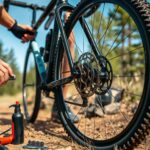Mountain biking is an exhilarating sport that continues to gain popularity among adventure-seekers and outdoor enthusiasts. While the thrill of riding through rough terrain and exploring the great outdoors is undeniably enticing, safety should always come first. One of the essential pieces of safety equipment in mountain biking is the helmet.
In this article, we will discuss the pros and cons of half shell and full face mountain bike helmets, which are the two primary types of helmets used by riders. We will explore the differences between these helmets, their features, and how to determine which one is right for you. Our goal is to help you make an informed decision that ensures your safety and comfort while you enjoy your favorite outdoor activity.
A Brief Overview of MTB Helmets
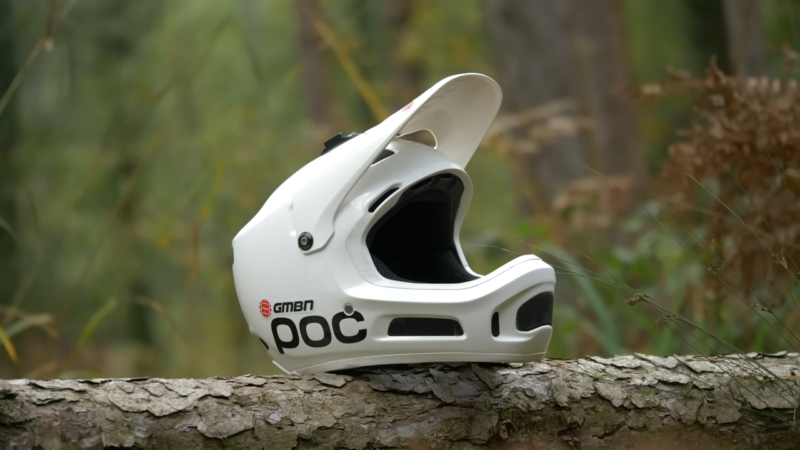
A mountain bike helmet is specifically designed to protect a rider’s head during off-road cycling activities. These products are made with impact-absorbing materials, offer a secure fit, and provide ventilation to keep the rider comfortable during long rides. There are two main types of mountain bike helmets: half shell and full face.
Half Shell Type
Half shell ones are also known as open face helmets and are the most common type of helmet used by recreational riders and cross-country racers. They cover the top, sides, and back of the head but leave the face exposed. They often feature visors to shield the rider’s eyes from the sun and debris, as well as an adjustable retention system for a secure fit.
Full Face Type
Full face type provides complete head and face protection by incorporating a chin guard and full coverage of the head. These helmets are typically used by downhill, enduro, and freeride mountain bikers who require additional protection due to the higher speeds and increased risk of crashes in their riding disciplines.
Comparing Half Shell and Full Face Type
1. Protection
Half Shell
Half shell type offers sufficient protection for most mountain bike riders. These are designed to protect against the most common types of crashes, such as low-speed impacts and falls from moderate heights. However, they do not offer the same level of protection as full face helmets, particularly for the face and jaw.
Full Face
Full face type provides the highest level of protection available for mountain bikers. In addition to covering the entire head, it also protects the face and jaw from impact. This is crucial for riders who engage in high-risk disciplines, such as downhill and freeride biking, where the likelihood of a serious crash is higher.
2. Weight
Half Shell
Half shells are generally lighter than full face type, which makes them more comfortable for long rides and easier to carry around. The lighter weight can help reduce fatigue and strain on the rider’s neck during extended periods of cycling.
Full Face
Full face helmets are heavier due to the additional materials used for the chin guard and increased coverage. While the added weight provides greater protection, it may also cause discomfort and fatigue during long rides.
3. Ventilation
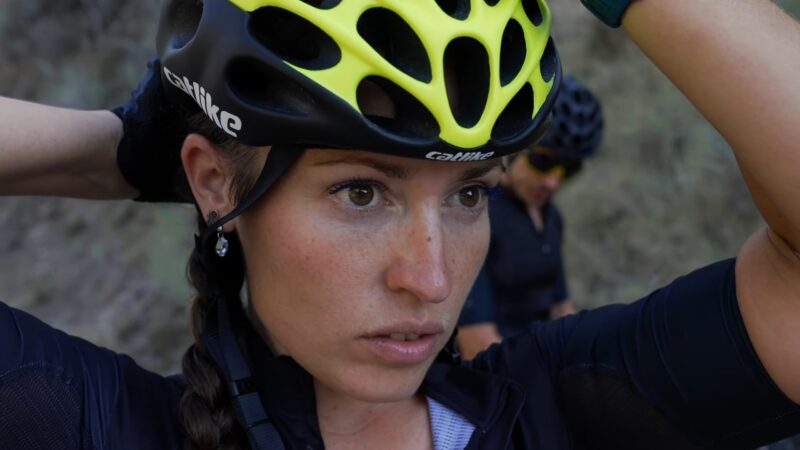
Half Shell
Half shells typically have more ventilation than full face type, which helps keep the rider’s head cool and dry during hot or strenuous rides. The open face design allows for better airflow, making them a popular choice for cross-country and trail riders.
Full Face
Full face type is generally less ventilated than half shell one due to its enclosed design. However, many modern full face helmets feature strategically placed vents and channels to improve airflow and keep the rider comfortable. It is important to consider the quality of the ventilation system when choosing a full face protection, as overheating can lead to discomfort and decreased performance.
4. Fit and Comfort
Half Shell
Half shells usually offer a more adjustable fit, with various retention systems and multiple sizes available. This makes it easier for riders to find a helmet that fits their head shape and size comfortably. The lighter weight and better ventilation also contribute to overall comfort.
Full Face
While full face helmets provide superior protection, they may not be as comfortable for some riders due to the added weight and reduced ventilation. However, many full face products on the market have made significant improvements in comfort, with adjustable padding and retention systems to ensure a secure and comfortable fit.
5. Visibility
Half Shell
Half shells generally offer better peripheral vision compared to the full face type. This can be an important factor for riders who need to be aware of their surroundings, such as when navigating tight trails or riding in a group.
Full Face
Full face helmets may restrict peripheral vision to some extent, but many modern designs have taken this into consideration and provide a wider field of view. When choosing a full face protection, it is important to ensure that it does not hinder your ability to see the trail and other riders around you.
Choosing the Right Product for You
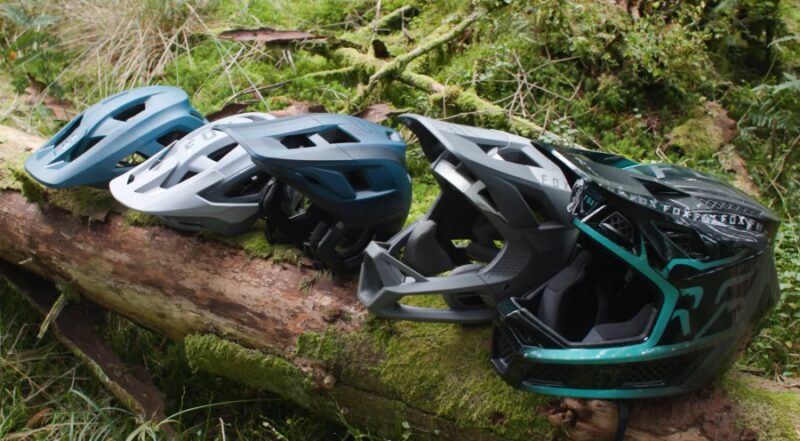
Assess Your Riding Style and Discipline
The first step in choosing the right mountain bike helmet is to assess your riding style and the type of trails you typically ride. If you mainly engage in cross-country or trail riding, a half shell type may be the best choice due to its lighter weight and increased ventilation. However, if you participate in downhill, enduro, or freeride disciplines, the added protection of a full face helmet is highly recommended.
Prioritize Safety Features
Regardless of which type you choose, it is essential to prioritize safety features. Look for helmets that meet or exceed established safety standards, such as those set by the Consumer Product Safety Commission (CPSC) or the European Committee for Standardization (CEN). Some helmets also feature the Multi-directional Impact Protection System (MIPS), which is designed to reduce rotational forces during a crash.
Consider Fit and Comfort

A properly fitting helmet is crucial for both safety and comfort. When trying one on, make sure that they fit snugly but comfortably on your head, with no pressure points or excessive movement. Many helmets feature adjustable retention systems to help you achieve the perfect fit. Remember to also consider the weight and ventilation, as these factors can significantly impact your comfort during long rides.
Set a Budget
Mountain bike helmets are available at various price points, so it is essential to set a budget before you start shopping. Keep in mind that while more expensive products may offer additional features or better materials, a lower-priced one that meets safety standards can still provide adequate protection. Consider your priorities and riding needs when determining how much money to spend.
Read Reviews and Consult with Other Riders
Finally, do your research by reading reviews and talking to other mountain bikers about their experiences with different helmets. This can help you gain valuable insight into the performance, comfort, and durability of various models and ultimately lead you to make an informed decision.
Top Brands and Recommendations
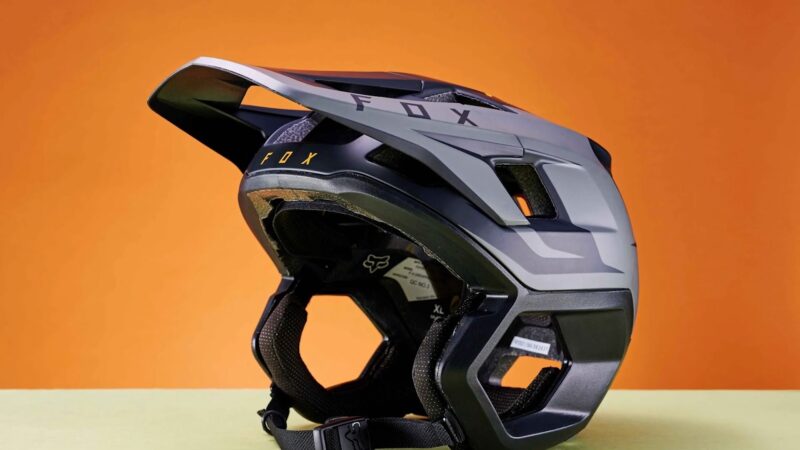
To help you in your search for the perfect product, we have compiled a list of some top brands and helmet recommendations for both half shell and full face types. These products have garnered positive reviews and are known for their quality, safety features, and overall performance.
Top Brands for MTB Helmets
- Bell
- Giro
- Troy Lee Designs
- POC
- Smith
- Fox Racing
- Leatt
- MET
Half Shell Helmet Recommendations
- Giro Montaro MIPS: A popular choice among cross-country and trail riders, the Montaro MIPS features a comfortable fit, excellent ventilation, and the added protection of MIPS technology.
- Smith Session MIPS: This helmet offers a unique blend of style, comfort, and safety. With a lightweight design and ample ventilation, the Smith Session MIPS is a great choice for long rides.
- POC Tectal Race Spin: Known for its innovative safety features and exceptional comfort, the POC Tectal Race Spin is a top choice for riders seeking both style and performance.
Full Face Helmet Recommendations
- Bell Super DH MIPS: Combining the protection of a full face helmet with the ventilation and versatility of a half shell, the Bell Super DH MIPS is an excellent option for enduro and aggressive trail riders.
- Troy Lee Designs D3 Carbon MIPS: A favorite among downhill racers, the D3 Carbon MIPS provides ultimate protection without sacrificing comfort or style. The lightweight carbon shell and advanced MIPS technology make this helmet a top choice for serious riders.
- Leatt DBX 4.0: With its innovative 360° Turbine Technology and comfortable fit, the Leatt DBX 4.0 offers excellent protection and performance for downhill and enduro riders.
Final Words
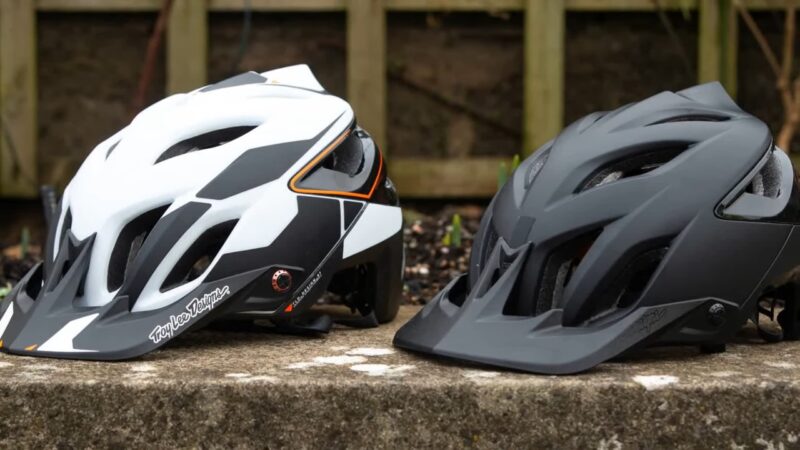
Choosing the right mountain bike helmet is crucial for ensuring your safety and comfort on the trails. By carefully considering your riding style, safety features, fit, and budget, you can find the perfect half shell or full face protection for your needs.
Remember that no matter which type of helmet you choose, it is essential to always wear it properly and replace it after a significant impact or every few years to maintain optimal protection. With the right product, you can confidently tackle the trails, knowing that you have taken an essential step toward safeguarding yourself during your thrilling mountain biking adventures.





